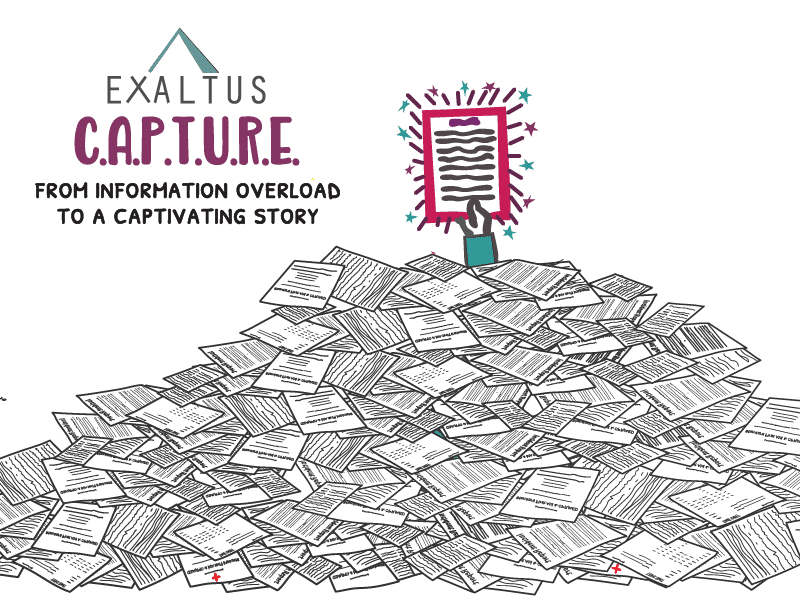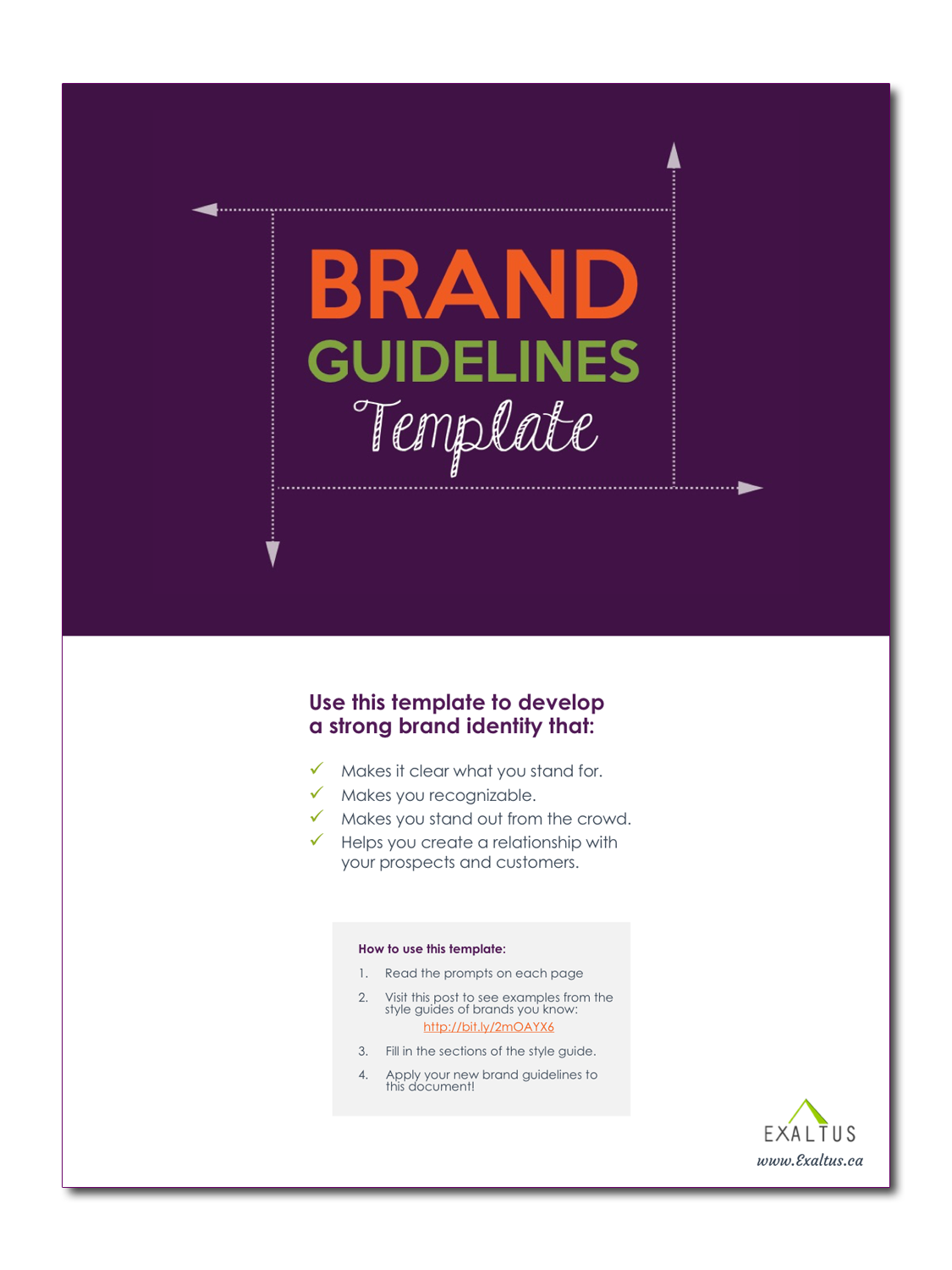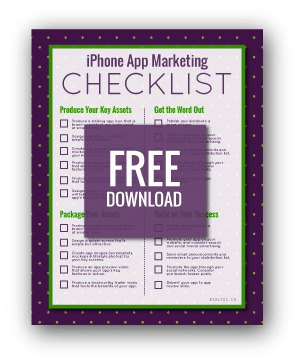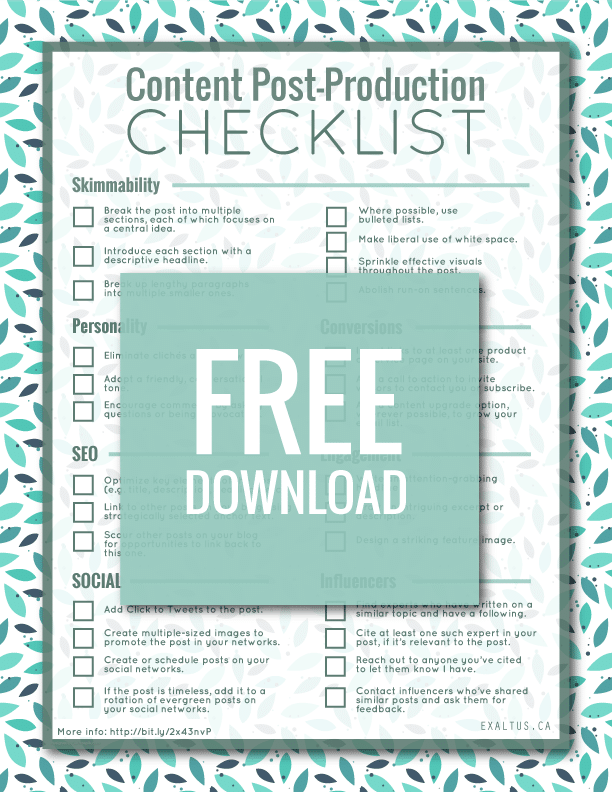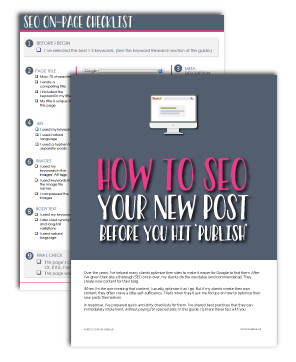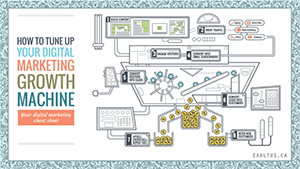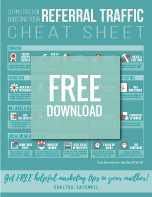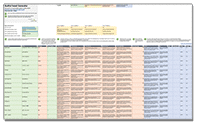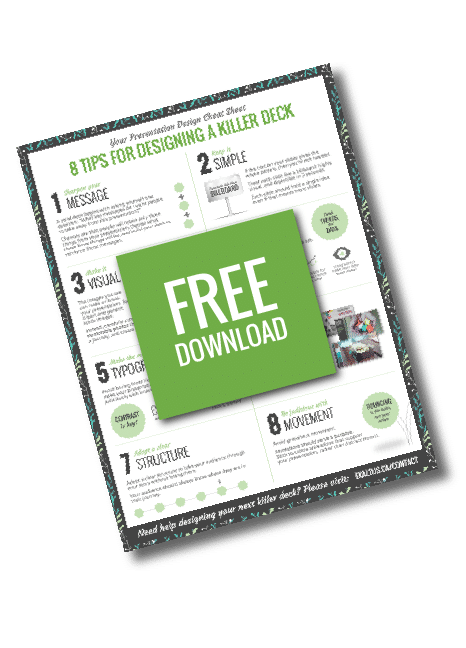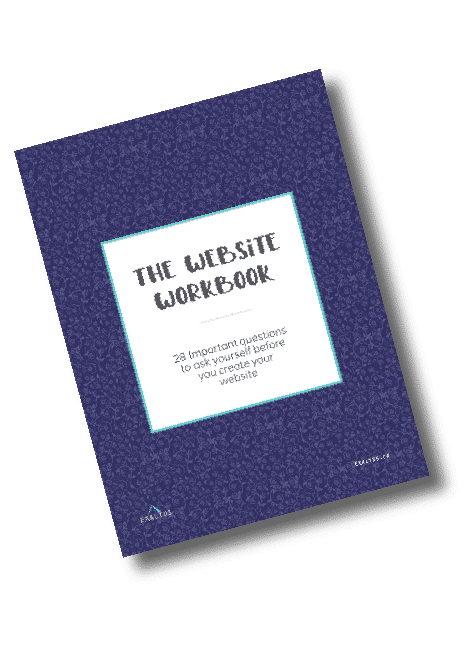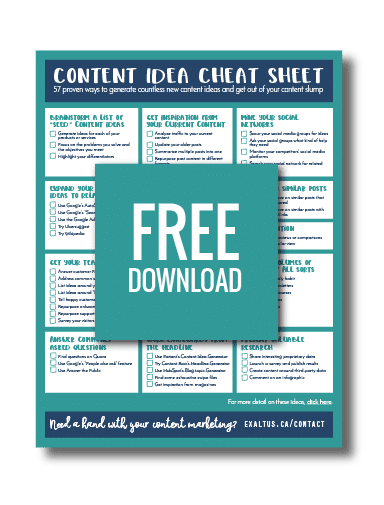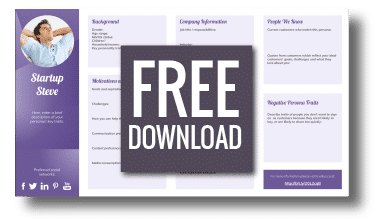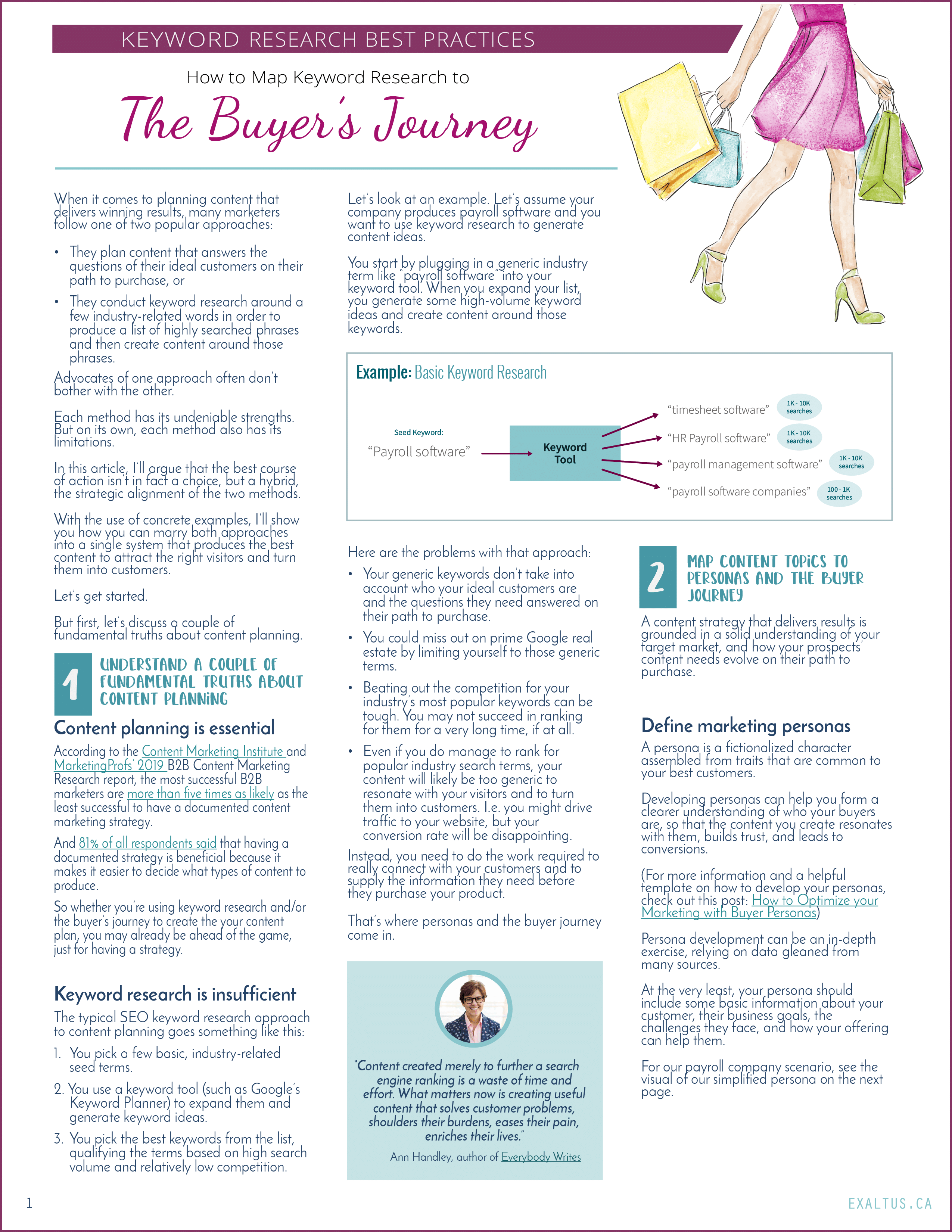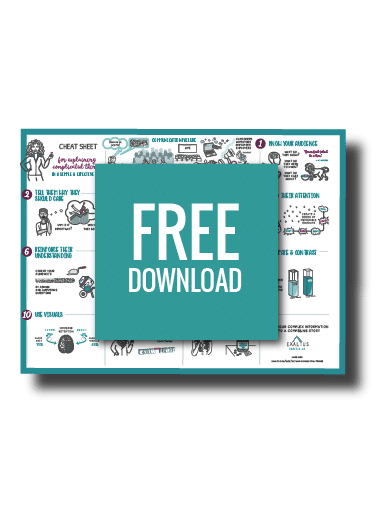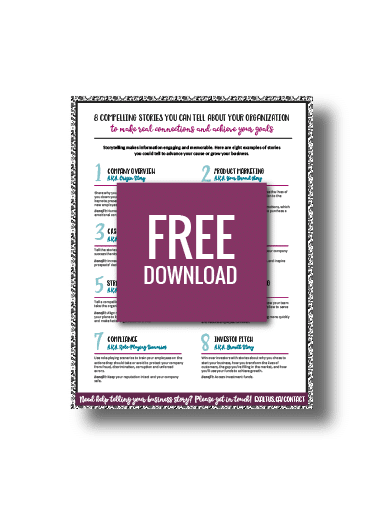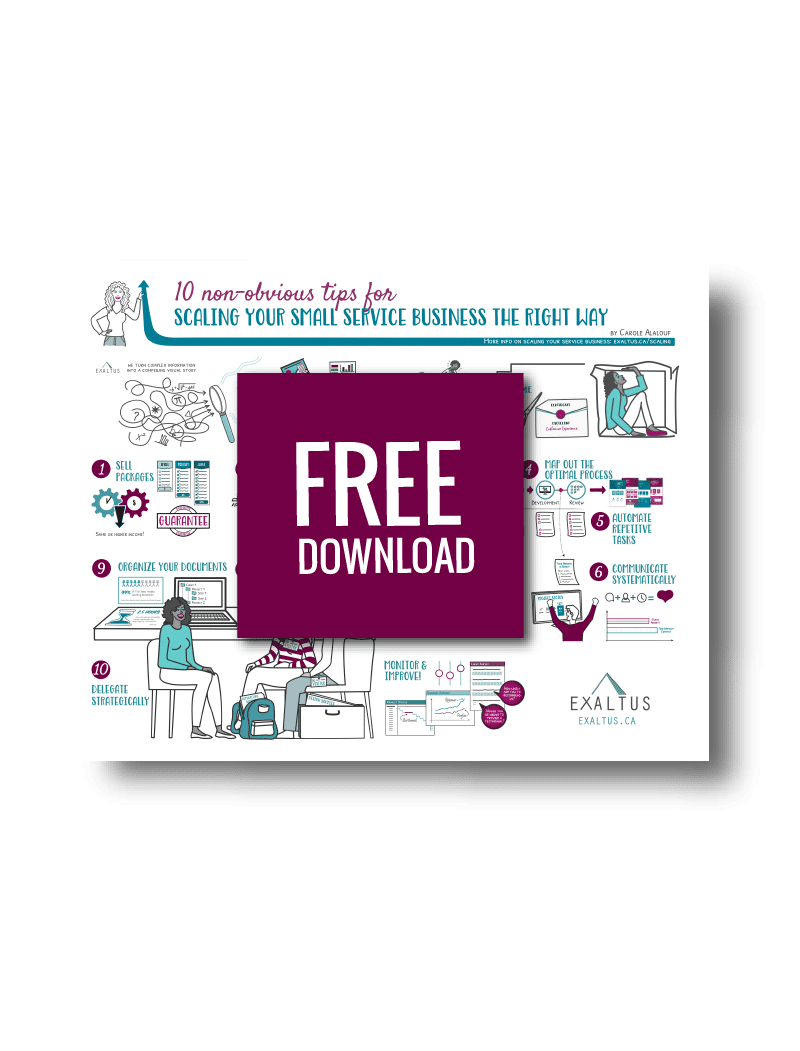Are You Struggling with Information Overload?
Overwhelmed by too much information? In today’s digital world, it’s harder than ever to cut through the noise and communicate effectively. But you can simplify the chaos and create clarity with the right approach.
Whether you’re preparing a presentation, creating a whiteboard video, writing a report, or crafting a marketing story, transforming complex information into a persuasive narrative can be daunting.
But it doesn’t have to be.
Meet CAPTURE—our proven framework designed to cut through the noise, simplify complex information, and transform it into compelling visual stories that captivate, engage, and drive action.
Watch the video!
In this video, learn about the Exaltus CAPTURE framework – our proven method for overcoming information overload and transforming it into captivating stories.
What is Information Overload?
Information overload happens when we’re exposed to more information than we can process, leading to stress, confusion, and decision paralysis.
It’s a significant issue in communication because it hampers our ability to convey clear and compelling messages.
Why Overcoming Information Overload is Crucial
Effective communication is the key to thriving in today’s world. Overcome information overload, and your message won’t just be heard—it will inspire action, build trust, and leave a lasting impression.
This is where the CAPTURE framework comes into play.
Ready to elevate your communication and see immediate results?
Let our award-winning storytellers transform your message into a powerful tool for action.
Introducing the CAPTURE Framework
CAPTURE stands for:
- Clarify your purpose
- Assess key points
- Plan your narrative
- Trim & sort your content
- Unclutter your copy
- Refine the narrative
- Edit & enhance
Each step is designed to help you systematically transform complex information into a compelling story.
Let’s dive into each step.
1
Clarify Your Purpose
What’s your main goal? Are you looking to inform, persuade, educate, or inspire?
Understanding your purpose is the first step in overcoming information overload.
It helps you focus on what’s truly important and tailor your message to meet your audience’s needs and interests.
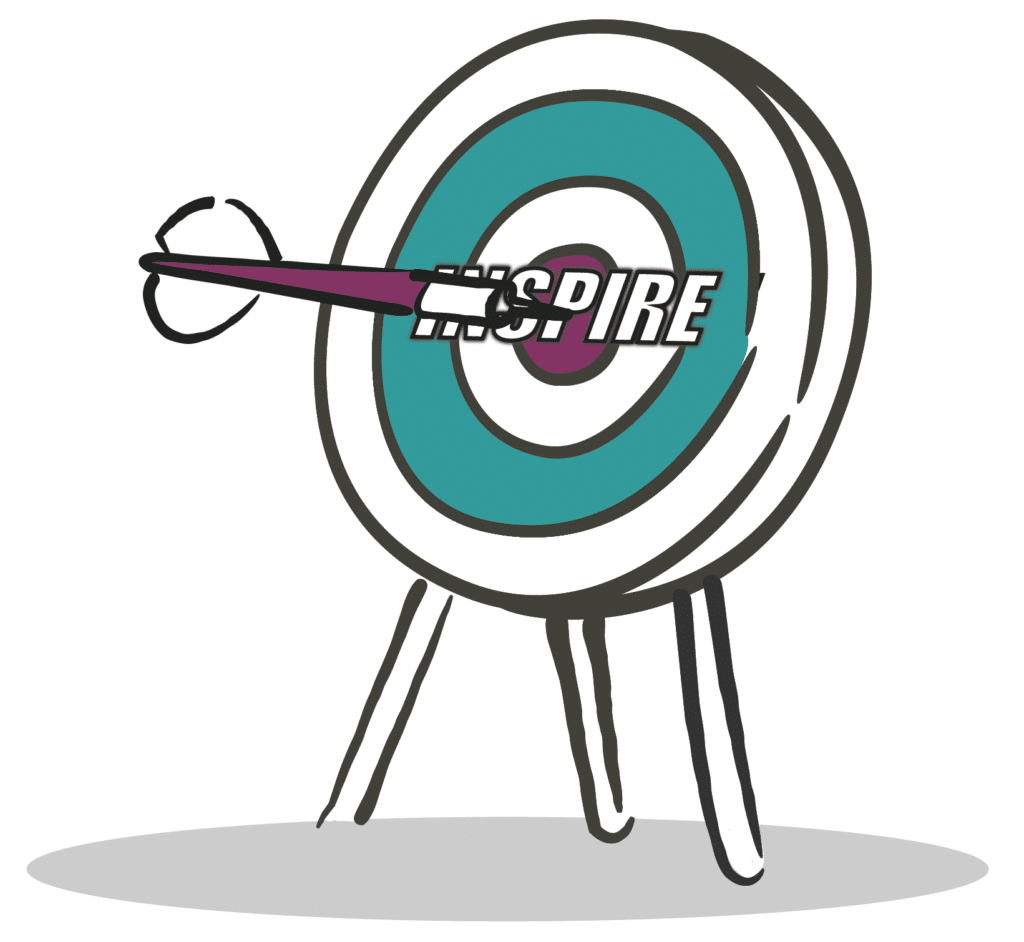
2
Assess Key Points
Skim through your content to highlight critical points, major themes, and important messages that align with your goal.
This step ensures that you concentrate on the most relevant information, making it easier for your audience to understand and remember your message.

3
Plan Your Narrative
A well-structured narrative guides your audience through your message smoothly.
Different narratives need different structures. There’s no one-size-fits-all. Use the first two steps of the process to choose a structure that presents key points and meets your objectives for your chosen audience.
For example, you might start with a hook, briefly mention the problem, focus on your main message, highlight key benefits, and end with a clear call to action.
Remember to adjust this structure based on your audience and purpose to better suit your narrative needs.
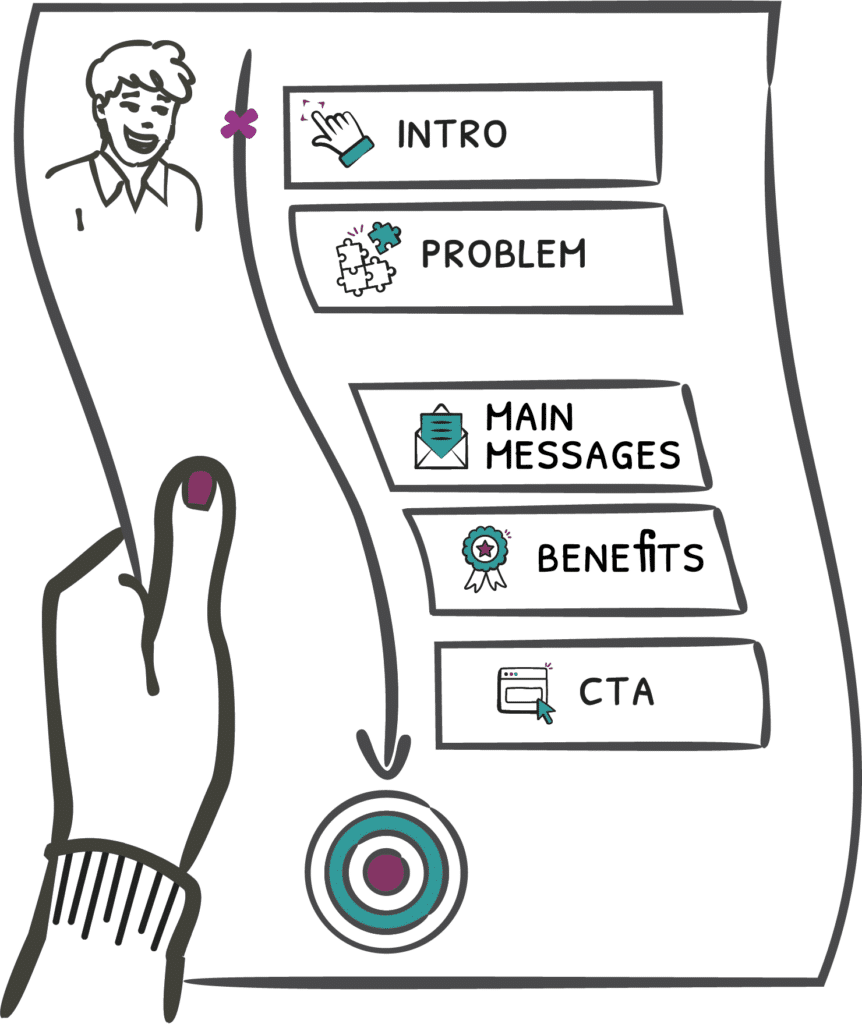
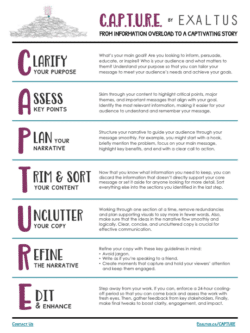
Take this Framework to Go
Grab our proven CAPTURE framework for turning your information overload into captivating stories that attract and hold attention, build trust, engage your audience, and move them to act.
4
Trim & Sort Your Content
Once you’ve completed the first three steps in the framework, you know what information you need to keep. And that means you know what you should get rid of to avoid information overload.
In this step, you’ll discard any information that doesn’t directly support your core message.
Or if you think some of your audience will want more detail, set it aside for them as background information.
Everything else needs sorting. That’s where the structure we nailed in step 3 comes in. Think of your different sections as buckets where you’ll drop relevant information.
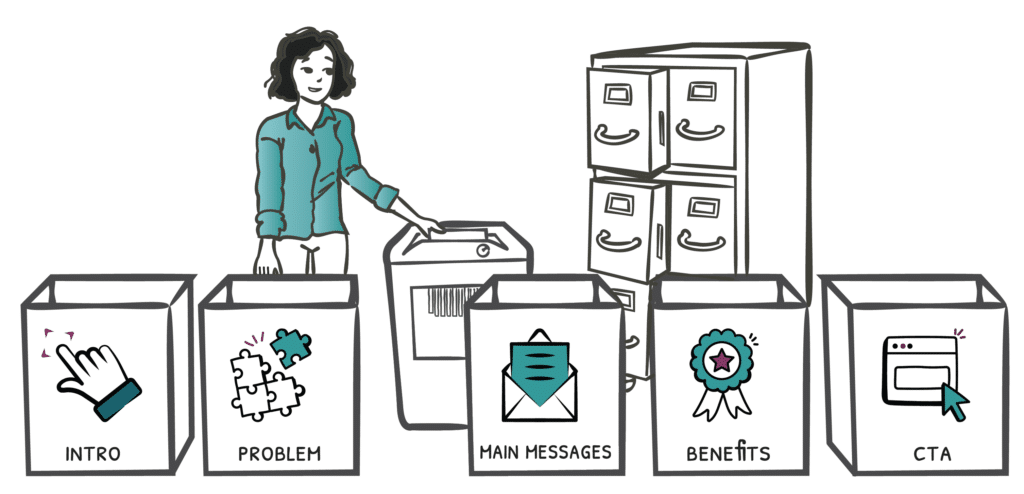
5
Unclutter Your Content
At this point, and in keeping with the bucket analogy, we focus on one bucket at a time.
Each bucket contains all—and only—your relevant information. The problem? Each bucket is a bit of a mess.
It contains too much text, partly because the same ideas are repeated again and again. And when you spill its contents into a document, the order of ideas really matters.
So in this step, we focus on removing redundancies and we plan some compelling visuals so that we can say more with fewer words. We also make sure that the ideas in the narrative flow smoothly and logically.
Clear, concise, and uncluttered copy is crucial for effective communication.
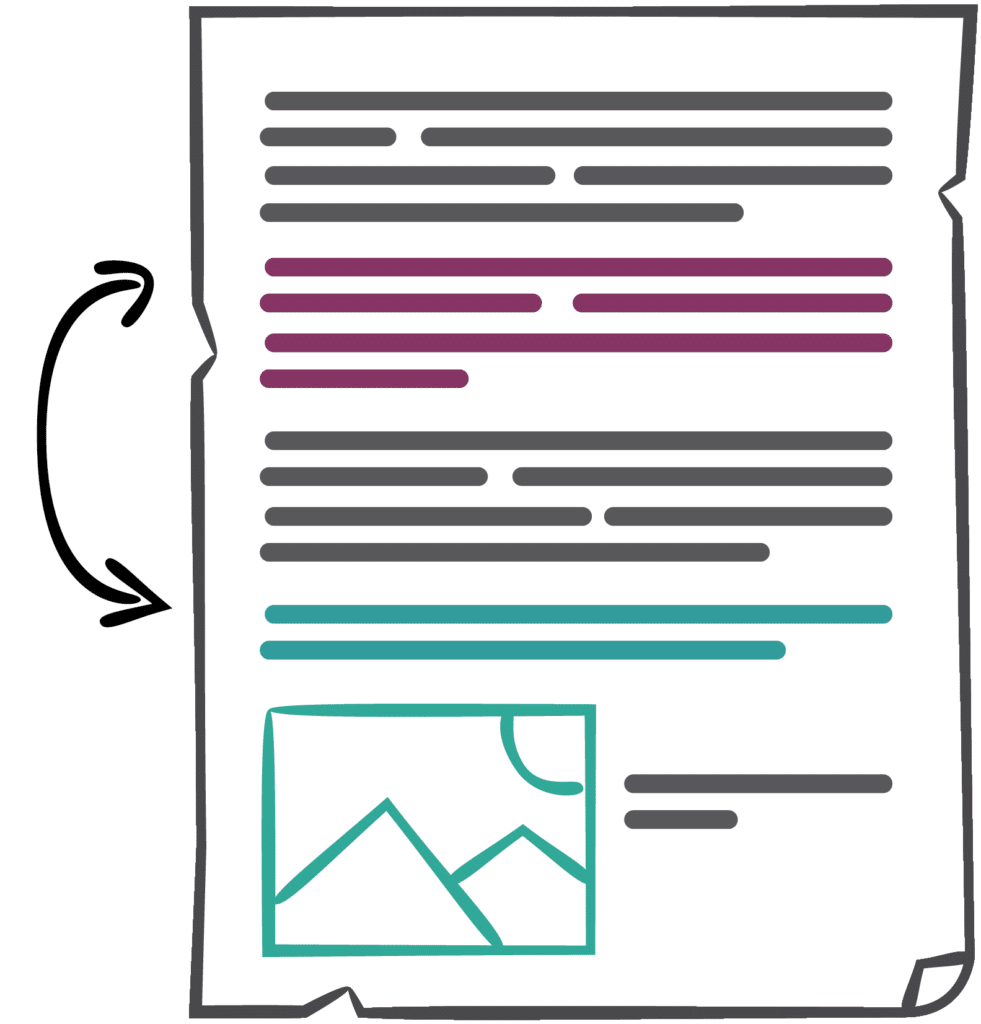
6
Refine the Narrative
Now that we’ve finalized the content for each section, it’s time for some finessing.
Refine your copy with these key guidelines in mind:
- Avoid jargon.
- Write as if you’re speaking to a friend.
- Create moments that capture and hold your viewers’ attention and keep them engaged.
Personal and relatable language makes sure your message hits the mark.
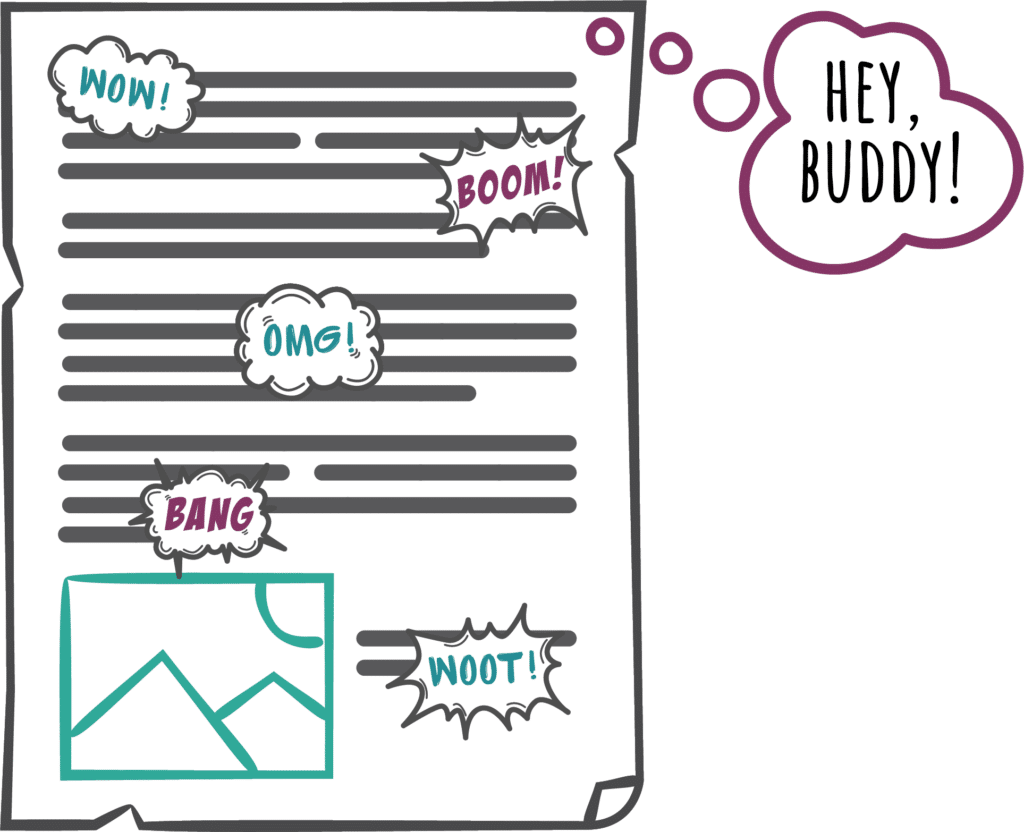
7
Edit & Enhance
This step can feel hard because it requires stepping away from your work. The finish line can be like a strong magnet: the closer you get to it, the stronger the pull.
If you’re like me, you’ll just want to plough forward. But I do the opposite: I enforce a 24-hour cooling-off period so that I can come back and assess the work with fresh eyes. You should do the same.
Then, gather feedback from key stakeholders. With the benefit of these new insights, you can make final tweaks to boost clarity, engagement, and impact.
This final step ensures your message is polished and ready to captivate your audience.

Ready to turn complex data into a clear, compelling message that drives action?
Contact us today for a free consultation and start simplifying your communication.
Engage with Us
If you found this guide helpful, please share it with your network. And follow me on LinkedIn for more tips and insights on effective communication and storytelling.

